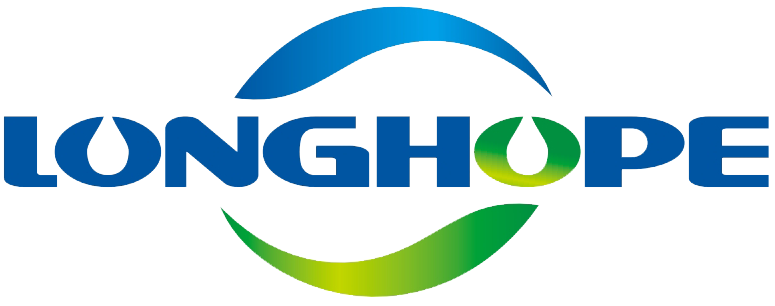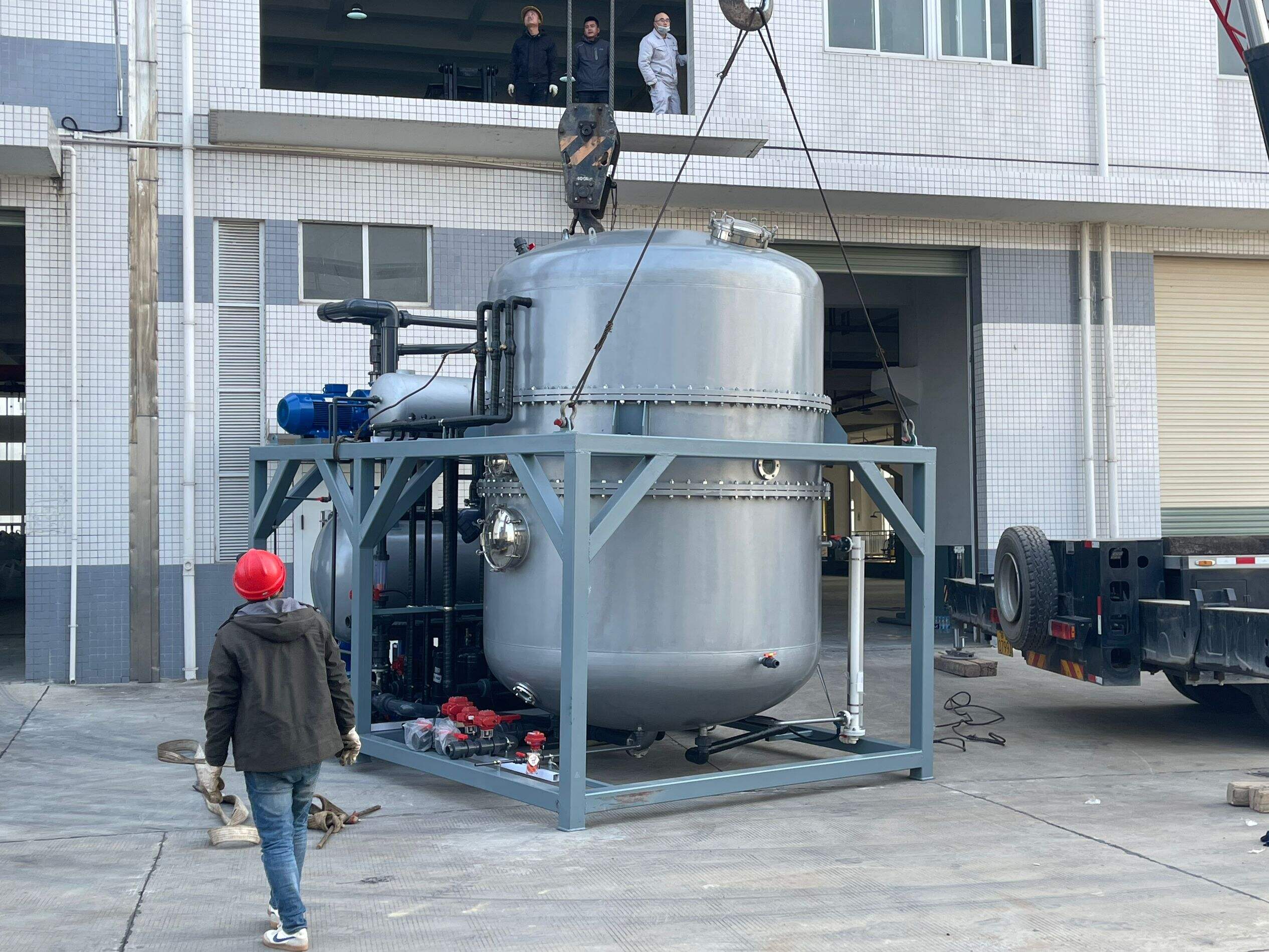Understanding Modern Extraction Technologies in Manufacturing
The evolution of extraction processes has revolutionized how we obtain pure compounds from raw materials. At the forefront of this transformation stands low temperature purification extraction, a sophisticated method that has gained significant traction across multiple industries. This innovative approach combines precision with efficiency, offering unprecedented control over the extraction process while preserving the integrity of valuable compounds.
Manufacturing facilities worldwide are increasingly adopting this technology, recognizing its potential to deliver superior product quality while managing operational costs effectively. The careful balance between temperature control and purification efficiency makes this method particularly attractive for sensitive applications where product integrity is paramount.
The Science Behind Temperature-Controlled Extraction
Molecular Preservation Through Controlled Environment
The fundamental principle of low temperature purification extraction lies in its ability to maintain molecular stability throughout the process. By operating at reduced temperatures, this method prevents thermal degradation of sensitive compounds, ensuring the final product retains its desired properties. The controlled environment creates optimal conditions for selective extraction, allowing operators to target specific compounds while leaving unwanted elements behind.
Temperature management plays a crucial role in maintaining the structural integrity of extracted compounds. When materials are subjected to excessive heat, their molecular bonds can break down, leading to degradation and loss of potency. Low temperature purification extraction circumvents these challenges by maintaining precise thermal control throughout the entire process.
Advanced Filtration Mechanisms
The purification aspect of low temperature purification extraction involves sophisticated filtration systems that work in harmony with the temperature control mechanisms. These systems employ multiple stages of filtration, each designed to remove specific impurities while preserving the desired compounds. The combination of controlled temperature and advanced filtration results in exceptionally pure end products.
Modern filtration technology has evolved to incorporate intelligent sensors and automated controls, ensuring consistent quality throughout the extraction process. These advancements have significantly improved the reliability and efficiency of low temperature purification extraction systems, making them increasingly attractive to quality-conscious manufacturers.

Economic Implications of Advanced Extraction Methods
Initial Investment Considerations
Implementing a low temperature purification extraction system requires careful financial planning. The initial investment encompasses not only the core equipment but also supporting infrastructure, training programs, and potential facility modifications. While the upfront costs may appear substantial, the long-term benefits often justify the investment through improved product quality and operational efficiency.
Organizations must consider various factors when evaluating the economic viability of these systems, including production volume requirements, target market demands, and competitive positioning. The ability to produce higher quality products consistently can open new market opportunities and justify premium pricing strategies.
Operational Cost Analysis
The ongoing operational costs of low temperature purification extraction systems present a nuanced picture. While energy consumption may be lower due to reduced heating requirements, sophisticated temperature control and filtration systems demand regular maintenance and occasional component replacement. However, the reduction in product waste and improved extraction efficiency often offset these operational expenses.
Labor costs typically decrease over time as operators become more familiar with the system and automation features reduce the need for constant manual intervention. Additionally, the precision of these systems often results in fewer batch rejections and quality control issues, further contributing to cost efficiency.
Quality Metrics and Industry Standards
Measuring Extraction Efficiency
Quality assessment in low temperature purification extraction processes involves multiple parameters. Key metrics include extraction yield, purity levels, and consistency across batches. Advanced analytical techniques allow manufacturers to monitor these parameters in real-time, ensuring compliance with quality standards and identifying opportunities for process optimization.
Modern quality control systems integrate seamlessly with low temperature purification extraction equipment, providing comprehensive data on process performance and product characteristics. This integration enables manufacturers to maintain detailed quality records and demonstrate compliance with regulatory requirements.
Regulatory Compliance and Certification
The implementation of low temperature purification extraction systems often helps manufacturers meet stringent regulatory requirements. The precise control and documentation capabilities inherent in these systems facilitate compliance with Good Manufacturing Practice (GMP) standards and other industry-specific regulations.
Organizations investing in this technology typically find it easier to obtain and maintain necessary certifications, as the systems provide detailed process documentation and demonstrate consistent quality control. This advantage becomes particularly valuable in highly regulated industries such as pharmaceuticals and food processing.
Future Developments and Industry Trends
Technological Advancements
The field of low temperature purification extraction continues to evolve with emerging technologies. Artificial intelligence and machine learning algorithms are being integrated into control systems, enabling predictive maintenance and automatic process optimization. These developments promise to further improve efficiency and product quality while reducing operational costs.
Research into new filtration materials and temperature control mechanisms suggests that future systems will offer even greater precision and efficiency. These advancements may open new applications for low temperature purification extraction across various industries.
Sustainability Considerations
Environmental sustainability has become a crucial factor in extraction technology development. Low temperature purification extraction systems typically have a smaller environmental footprint compared to traditional methods, due to reduced energy consumption and minimal waste generation. Future developments are expected to focus on further improving sustainability aspects while maintaining high performance standards.
Manufacturers are increasingly considering the full lifecycle impact of their extraction processes, including energy efficiency, waste reduction, and recyclability of components. This holistic approach to sustainability aligns with global environmental initiatives and consumer expectations.
Frequently Asked Questions
What makes low temperature purification extraction different from conventional methods?
Low temperature purification extraction distinguishes itself through precise temperature control and advanced filtration systems that preserve compound integrity while ensuring high purity levels. Unlike conventional methods, it minimizes thermal degradation and allows for selective extraction of desired compounds.
How does the initial investment compare to long-term operational savings?
While the initial investment in low temperature purification extraction equipment is significant, the long-term benefits often justify the cost through improved product quality, reduced waste, lower energy consumption, and increased operational efficiency. Most organizations see positive returns on investment within a few years of implementation.
What industries benefit most from this extraction method?
Industries requiring high-purity products or working with temperature-sensitive compounds benefit most from low temperature purification extraction. This includes pharmaceuticals, nutraceuticals, food processing, cosmetics, and specialty chemical manufacturing sectors. The method's precision and quality control capabilities make it particularly valuable in regulated industries.

